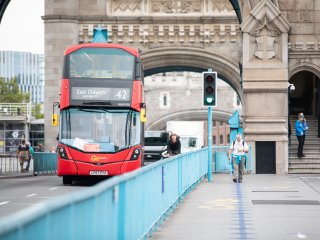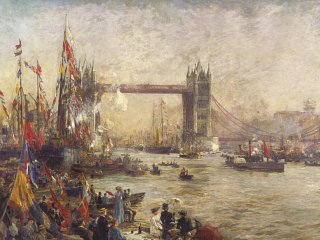Episode 4: Fantastic feat and amazing anecdotes of Tower Bridge
In our final of four podcasts exploring the history of Tower Bridge, David Laird, Education and Marketing Officer at Tower Bridge, explores some of the amazing stories associated with Tower Bridge.


